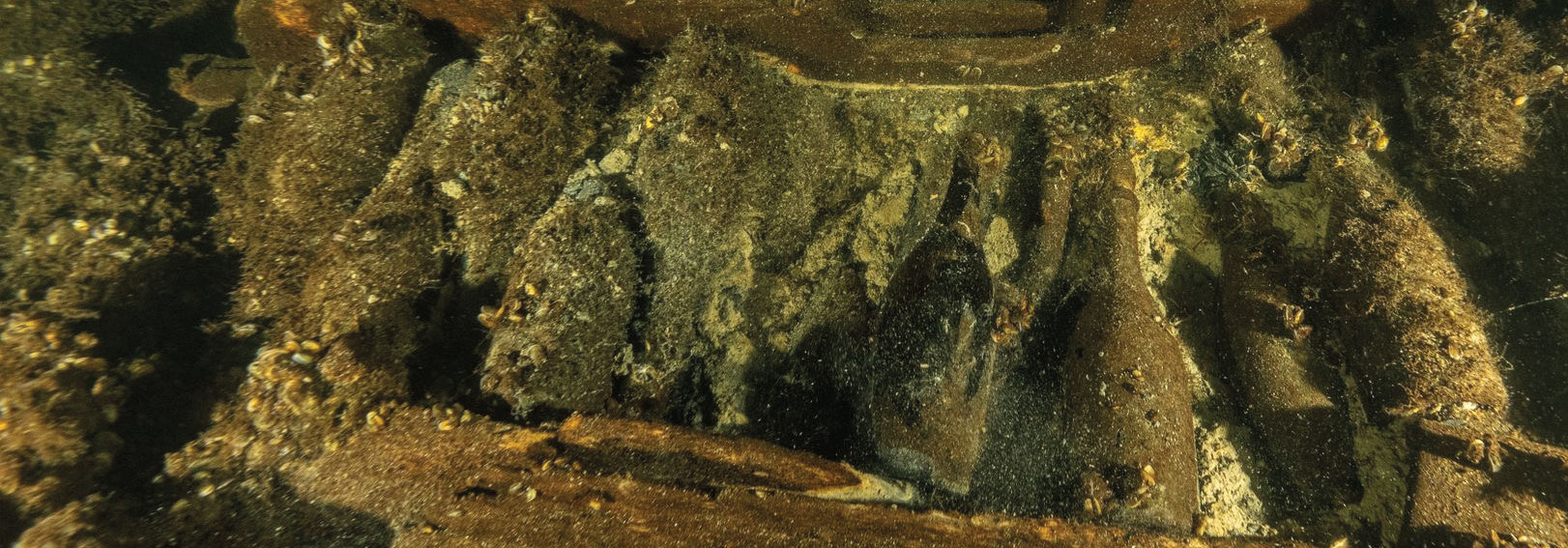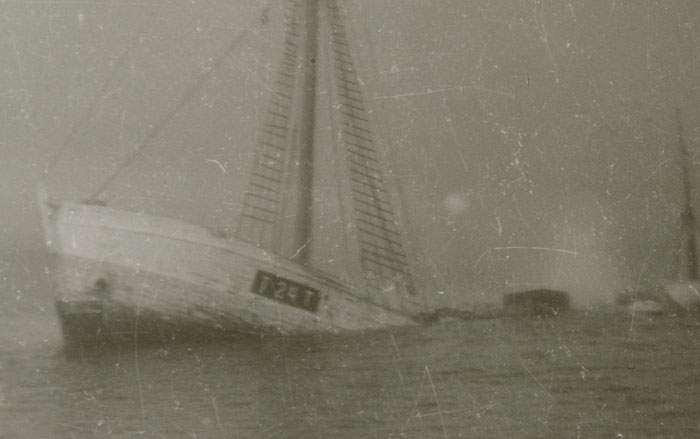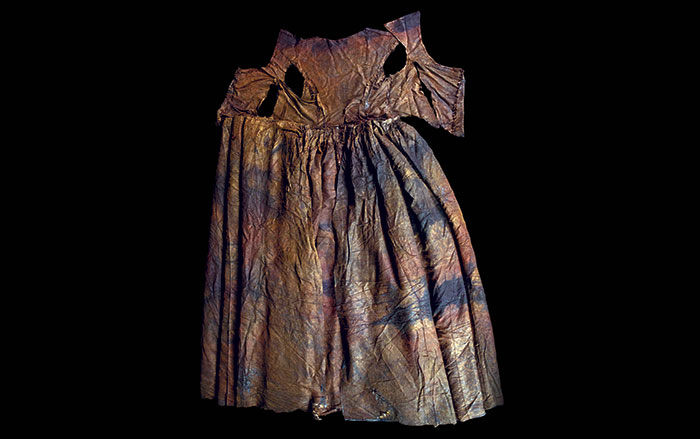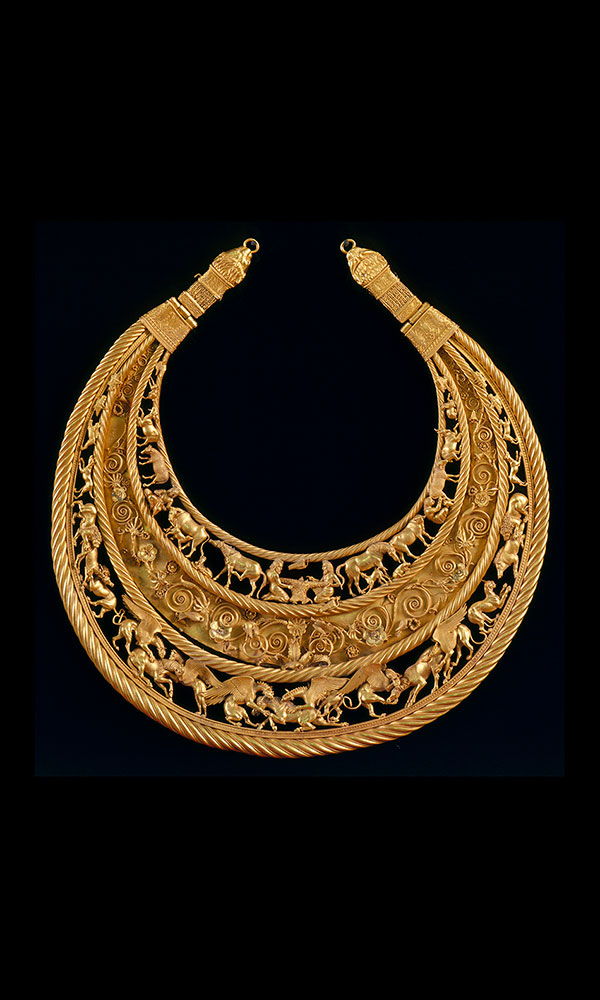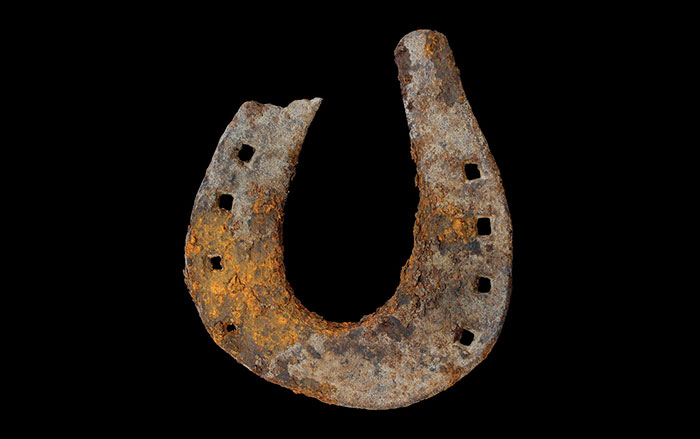
SWANSEA, WALES—BBC News reports that high-resolution, 3-D reconstructions of a skull and artifacts recovered from the wreckage of Henry VIII’s warship the Mary Rose are now available to the public. The skull, recovered on the ship’s lower deck, was identified by researchers as having belonged to a carpenter based on the tools, including a wood plane and a whetstone holder, found near the bones. The carpenter's remains reveal that he suffered from an abscess in his jaw, and arthritis in his spine, ribs, and left clavicle. He also had a healed wound across his right eyebrow. Researchers will have access to additional bones recovered from the Mary Rose. “We're going to challenge the research community to see if they can actually do osteological analysis,” said materials engineer Richard Johnston of Swansea University. “Then we will take the results from around the world and try and compare those to a study that we did, where people looked at the real remains,” he explained. To read more about this wreck, go to "Mary Rose and Vasa."


